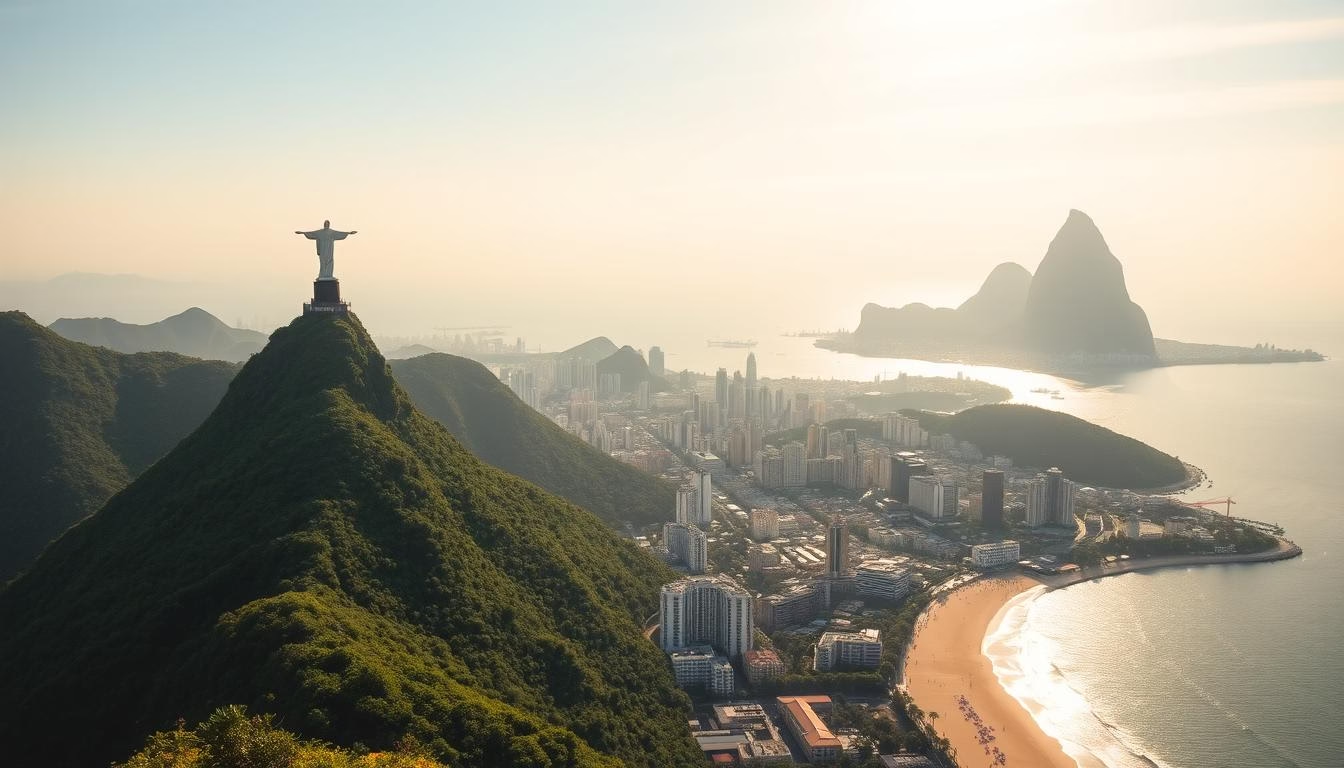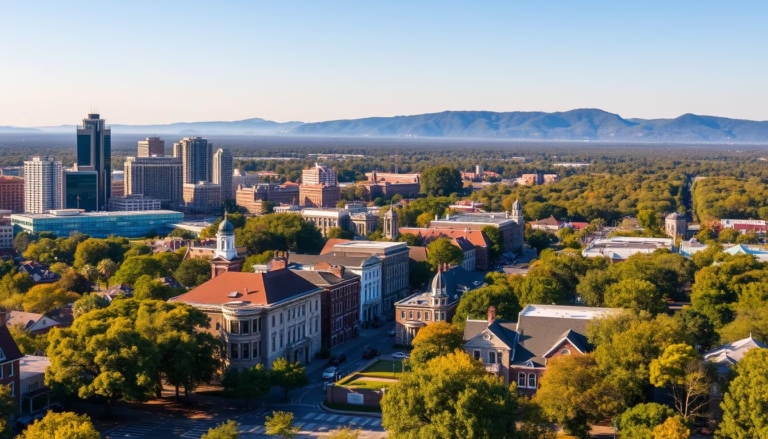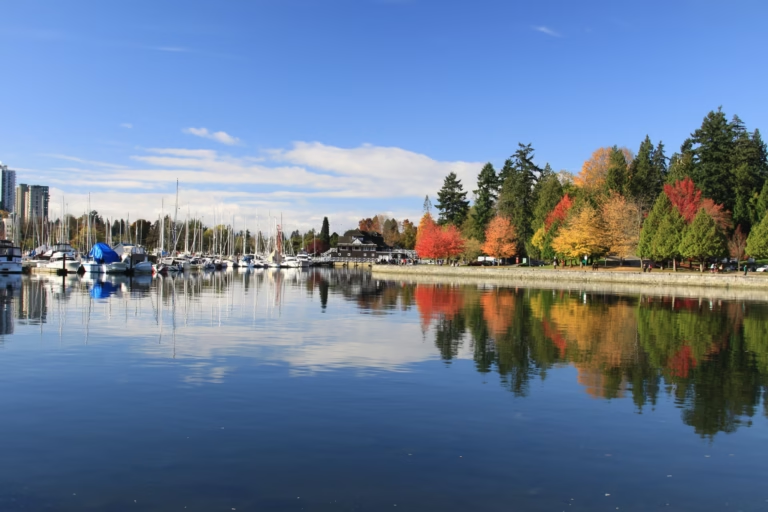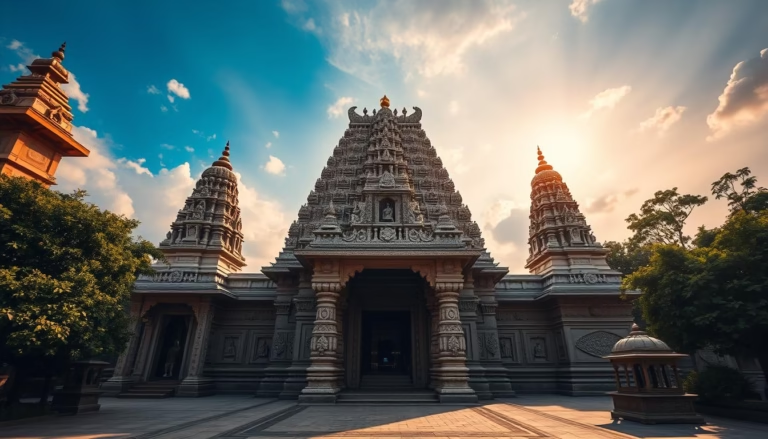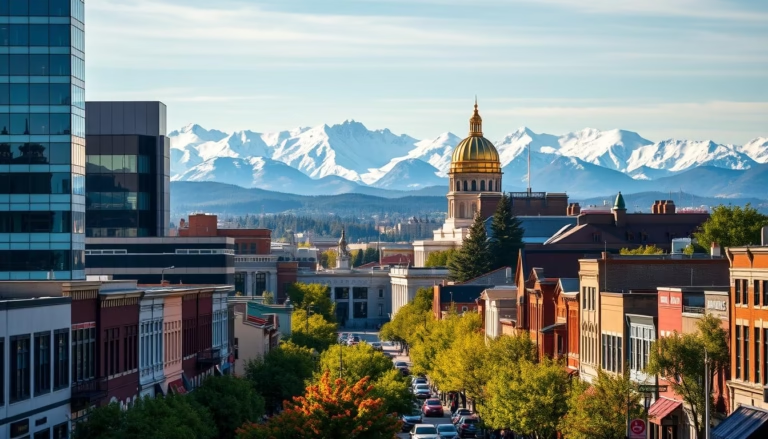Top Tourist Attractions in Rio de Janeiro to Visit
Brazil’s most dazzling coastal metropolis combines lush mountains with golden shores and lively culture. This dynamic city offers endless discoveries, where every neighborhood tells a story through its music, food, and architecture.
Landmarks like the towering Christ the Redeemer statue reveal panoramic views, while beaches such as Copacabana pulse with energy day and night. Local experts recommend visiting popular sites early to avoid crowds and experience their magic at sunrise.
The area’s charm lies in its contrasts – 18th-century churches stand beside modern art museums, and rainforest trails wind through urban spaces. Whether you crave hiking adventures or samba-filled evenings, there’s something here for every travel style.
Key Takeaways
- Discover a unique blend of natural wonders and cultural hotspots
- Visit iconic landmarks during quieter hours for better experiences
- Explore both historic sites and contemporary entertainment venues
- Enjoy diverse activities from beach relaxation to nightlife adventures
- Use local insights to optimize your itinerary and timing
Overview of Rio de Janeiro: The Marvelous City
Where colonial history collides with nature’s grandeur, this Brazilian gem has captivated visitors for centuries. Founded in 1565 along Guanabara Bay, the city earned its name when Portuguese explorers mistook the bay for a river mouth on New Year’s Day. Today, it’s a cultural powerhouse blending old-world charm with modern energy.
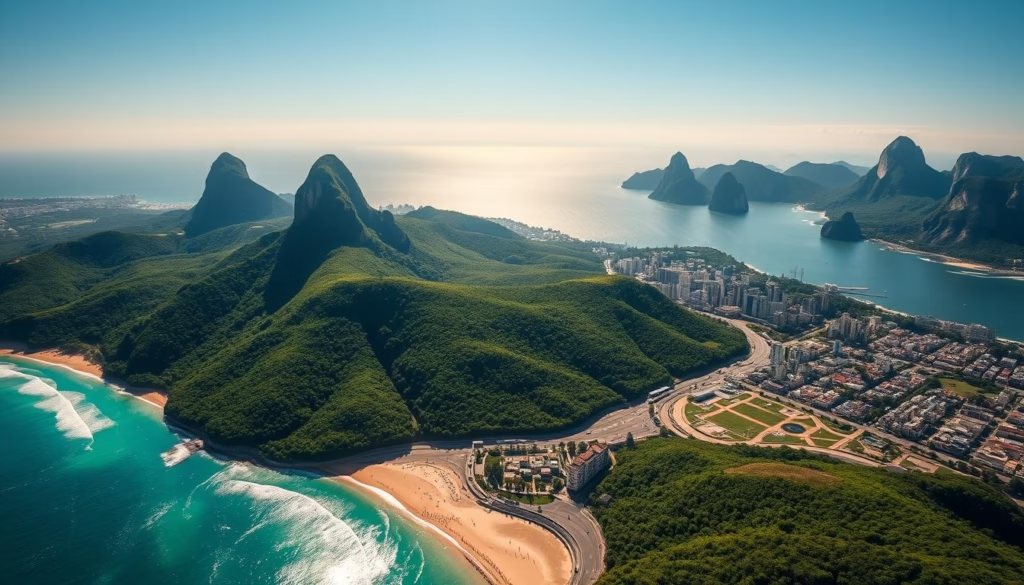
Spanning 1,200 square kilometers, the metro area showcases granite peaks cascading into golden beaches. Nearly 14 million residents – known as Cariocas – thrive in neighborhoods ranging from luxury oceanfront zones to historic favelas clinging to hillsides. The former capital’s legacy shines through landmarks like São Bento Monastery and Imperial Palace.
Three unique features define Rio Janeiro’s landscape:
- Urban rainforests: Tijuca National Park forms a green crown around the city
- Coastal drama: Iconic Sugarloaf Mountain anchors the harbor entrance
- Architectural time capsule: Baroque churches stand beside sleek high-rises
As a gateway to Brazil’s natural wonders, the city offers easy access to both Atlantic beaches and mountain trails. Locals celebrate this fusion through samba rhythms, football passion, and explosive Carnival celebrations – proof that in Rio Janeiro, life pulses to an irresistible beat.
Why You Should Visit Rio de Janeiro
Visitors often describe this coastal paradise as a place where every moment feels alive with rhythm and color. Beyond postcard-perfect landscapes, it’s the people who transform trips into unforgettable journeys – warm smiles and spontaneous samba steps reveal the city’s true heartbeat.
Local Perspectives and Insider Tips
“Don’t believe everything you see on TV,” says Rio Janeiro photographer Ricardo Braz. “Use common sense like in New York or Paris, and you’ll discover one of the world’s most welcoming cities.” Locals recommend chatting with beach vendors and joining weekend cultural events in Lapa’s arches for authentic experiences.
Winter (June-August) brings ideal 80°F days for hiking Tijuca Forest or sailing Guanabara Bay. For fewer crowds, visit during April-May when the country‘s autumn colors frame Christ the Redeemer perfectly.
Year-Round Vibrancy and Cultural Richness
While summer sizzles with Carnival energy, the city thrives in every season. Outdoor concerts spill into December nights, and January brings kite festivals to Copacabana. Even rainy afternoons turn magical when you sip fresh coconut water at a boteco while bossa nova floats through the air.
Morning markets like Feira de São Cristóvão showcase Brazil’s diverse heritage through crafts and foods. As the sun sets, join people clapping along to roda de samba circles – these unscripted moments capture Rio Janeiro‘s soul better than any guidebook.
Exploring Tourist Attractions in Rio de Janeiro
This vibrant destination blends iconic landmarks with tucked-away treasures waiting to be discovered. From soaring over coastal cliffs in a hang glider to wandering through orchid-filled greenhouses, every experience reveals new layers of local life.
Smart planning unlocks more adventures. Group visits by neighborhood – explore Santa Teresa’s cobblestone streets and Parque Lage’s jungle trails before sunset drinks at Sugarloaf. Early risers enjoy popular spots with fewer crowds and softer morning light.
| Area | Highlights | Best Time | Transport |
|---|---|---|---|
| Centro | Imperial Palace, Selarón Steps | Weekday mornings | Metro Line 1 |
| South Zone | Botanical Garden, Rodrigo de Freitas Lagoon | Sunrise hikes | Bike rentals |
| Santa Teresa | Art studios, tram rides | Weekend afternoons | Ride-sharing apps |
Getting around proves easy with metro cards and app-based taxis. Local guides recommend combining visits with cultural context – learn samba’s African roots at Pedra do Sal before dancing the night away.
True magic happens when you balance famous sites with neighborhood gems. Chat with artists in Lapa’s arches or sample queijo coalho cheese at Urca’s waterfront kiosks. These moments create lasting connections with Brazil’s beating heart.
Iconic Landmarks: Christ the Redeemer
No global symbol captures a nation’s spirit like this Art Deco marvel. Standing 98 feet tall atop Corcovado Mountain, Christ the Redeemer offers more than Instagram-worthy panoramas – it embodies Brazil’s warmth through its open-armed silhouette visible across the city.
History and Significance
Engineers and sculptors spent nine years crafting this concrete-and-soapstone wonder, completing it in 1931. Its designation as a New Seven Wonder of the World in 2007 cemented its status as both engineering triumph and cultural touchstone. Locals view the statue as a guardian – its nightly illumination serves as a beacon of hope.
Tips for a Memorable Visit
Beat crowds by arriving before 8 AM via the vintage Corcovado Railway. This 20-minute jungle ride through Tijuca Forest often reveals toucans and marmosets. For sunset seekers, weekdays after 3 PM offer golden-hour views without shoulder-to-shoulder crowds.
| Transport Method | Travel Time | Unique Perks |
|---|---|---|
| Corcovado Train | 20 minutes | Rainforest wildlife spotting |
| Hiking Trail | 90 minutes | Hidden waterfall access |
| Van Shuttle | 40 minutes | Guided history narration |
Book tickets online at least three days ahead – same-day purchases often sell out by noon. Pack a light jacket; winds atop the mountain can surprise visitors even on warm days. Pro tip: The chapel beneath the statue provides quiet moments amid the bustle.
Scenic Heights: Sugarloaf Mountain
Dominating Rio’s skyline like a natural sentinel, this granite giant offers two thrilling ways to conquer its summit. Whether you glide upward in glass-walled capsules or trek through coastal forests, the reward remains unforgettable views stretching from urban jungles to endless ocean horizons.
Cable Car Experience and Panoramic Views
The iconic cable car system delivers heart-racing moments as it climbs 1,299 feet in two stages. “Each segment reveals new perspectives,” notes local guide Ana Costa. “First you’ll hover above yacht-dotted marinas, then soar past cliffside nests where hawks circle.”
| Route Segment | Elevation Gain | View Highlights |
|---|---|---|
| Ground to Urca Hill | 722 feet | Botafogo Bay, Flamengo Park |
| Urca to Summit | 577 feet | Copacabana Beach, Niterói Bridge |
Hiking Options and Best Times to Visit
Adventurers love the free Pista Cláudio Coutinho trail winding around the mountain’s base. This 1.5-hour path reveals hidden orchids and marmosets swinging through Atlantic Forest trees. Time your ride down for sunset – when golden light bathes the city and Christ the Redeemer glows in the distance.
Weekday afternoons mean thinner crowds and magical photo conditions. Don’t miss the summit’s 360-degree panorama – it’s where Bond villains dreamed big in Moonraker, and where travelers today grasp Rio’s true scale.
Capturing Natural Beauty: Beaches, Arpoador Rock & More
Rio’s coastline unfolds like a living postcard where golden sands meet urban energy. Three legendary shorelines – Copacabana, Ipanema, and Leblon – form the city’s aquatic playground, each radiating its own rhythm under the tropical sun.
Coastal Hotspots With Distinct Vibes
Copacabana charms with its 2.5-mile crescent of sand framed by wave-patterned sidewalks. Street performers and juice vendors create constant motion along this iconic stretch. At its western end, Posto 9 in Ipanema draws a stylish crowd sipping mate tea under colorful umbrellas.
Leblon’s refined atmosphere shines through beachside sushi bars and designer kiosks. Locals joke that the imaginary line separating Ipanema from Leblon marks where caipirinhas turn into champagne cocktails.
Nature’s Daily Finale
As daylight fades, crowds migrate to Arpoador Rock – the ultimate sunset spot. Surfers paddle out while families claim granite perches. When the sun dips below the horizon, spontaneous applause erupts from hundreds of people, celebrating another day in this coastal paradise.
| Beach | Signature Trait | Best For |
|---|---|---|
| Copacabana | Historic boardwalk | People-watching |
| Ipanema | Fashion scene | Sunset cocktails |
| Leblon | Upscale dining | Quiet relaxation |
Beyond the sands, beach culture thrives through surf schools and volleyball tournaments. Vendors weave through the crowds offering grilled cheese skewers and coconut water – fuel for endless days where the ocean dictates the schedule.
Immersing in Rio’s Cultural Wonders
Walk through streets where 16th-century stonework meets vibrant graffiti murals, and you’ll feel the city’s creative pulse. The Centro district serves as an open-air museum, blending Portuguese colonial landmarks with modern galleries that celebrate Brazil’s evolving identity.
Where Past Meets Present
Discover gold-leafed baroque altars at São Bento Monastery, founded in 1590. Its Gregorian chants echo through vaulted ceilings each morning. Nearby, the National Museum of Fine Arts displays four centuries of Brazilian art, from colonial religious sculptures to bold modernist paintings.
For a futuristic twist, the Museum of Tomorrow sparks conversations about sustainability through interactive exhibits. Don’t miss the Royal Portuguese Reading Room – its stained-glass dome illuminates 350,000 rare books. Local experts at Rio Cultural Secrets recommend guided walks to uncover hidden courtyards and artisan workshops.
Today’s city thrives beyond its history. Mosaic-covered alleys in Lapa and Santa Teresa’s indie galleries prove creativity here isn’t confined to museum walls. Whether marveling at 1800s architecture or snapping photos of street murals, you’re part of Rio’s ever-unfolding story.
